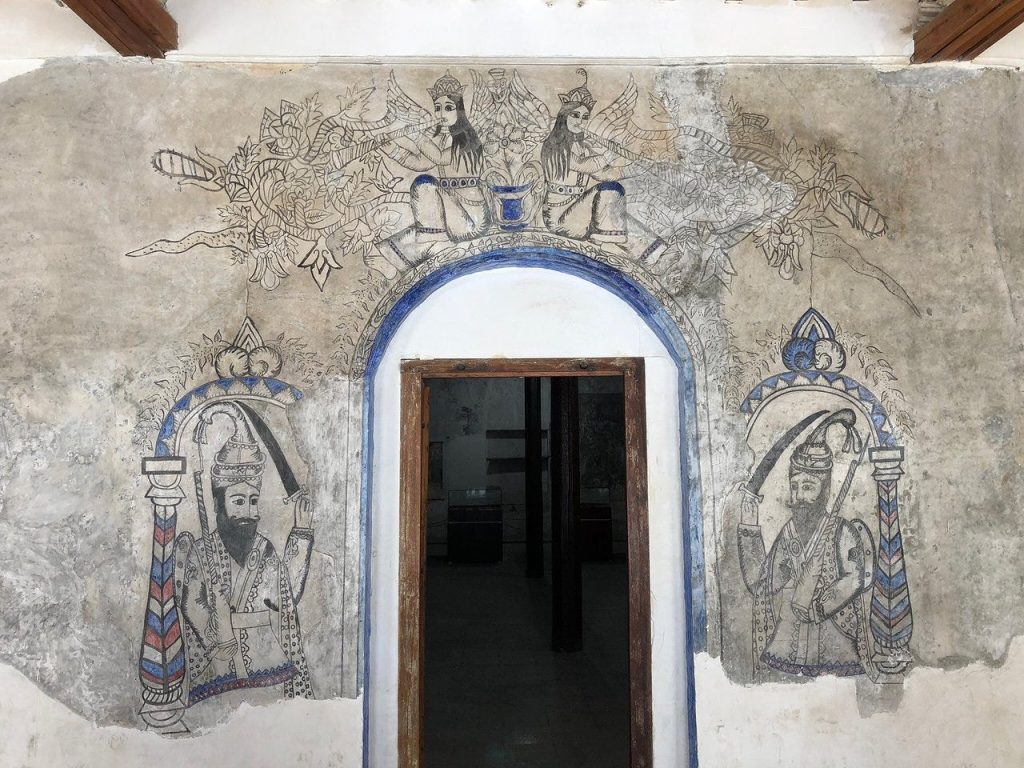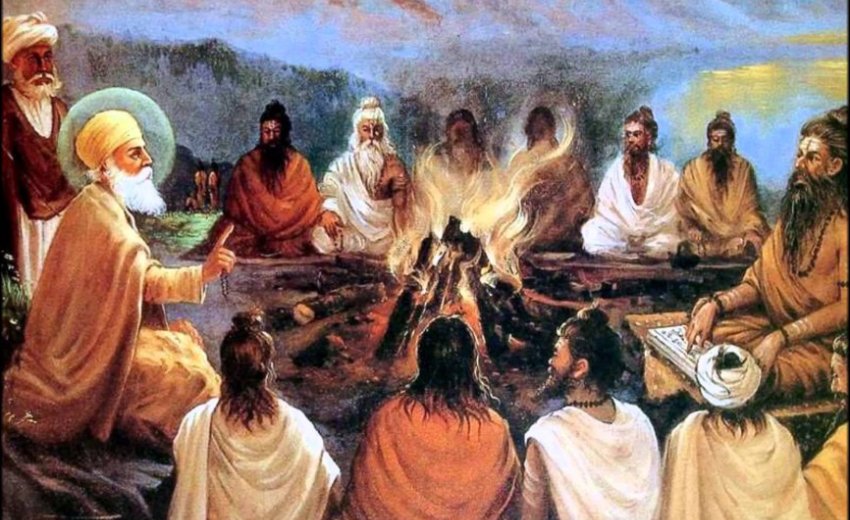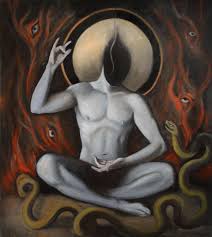Explore the legacy of NAND RAM, poet of Guru Gobind Singh, known for works on Kaliyuga and the Guru's life. Delve into historical verses in Gurmukhi.
Discover Guru Tegh Bahadur's 57 slokas in Guru Granth Sahib, emphasizing God remembrance and devotion for true spiritual fulfillment.
Explore Vairag, a concept of detachment and asceticism from Indian and Sikh traditions, signifying freedom from worldly desires.
Anoop Singh (1910 - 1989) was a lawyer by profession, hailing from the North-West Frontier Province of undivided Punjab. A lover of every good thing in life, he came to writing poetry seriously very late in life but his output compensated his late-coming both quantitatively and qualitatively. The most striking feature of his verse is his thought-content. Evidently, he owes this to his age; maturity of outlook on life, wealth of experience, and the asset of erudition that he gathered over the years. An admirer of Saadi and Hafiz, Meer and Ghalib, Iqbal and Faiz, he was equally knowledgeable about the Vedas and the Upanishads, the Ramayana and the Mahabharata.
Explore the sacred dialogues of Guru Nanak in goshtis, blending metaphysical debates with insights into living a life cherished by the Lord's Name.
Discover the path to Jivanmukta in Sikhism, achieving spiritual liberation while still living. Learn how this ancient concept redefines human existence.
Discover the inspiring life of Nand Singh, a brave soldier and martyr who fought at Anandpur and Chamkaur, and also joined the Ghadr rebellion.
Explore the life of Sant Sangat Singh, a Sikh saint renowned for his piety, scholarship, and impactful preaching of Guru Nanak's gospel.
Discover the essence of Var Majh Ki in Guru Granth Sahib, a devotional piece by Guru Nanak sung in the Majha raga, guiding spiritual enlightenment.
Attar Singh is a famous critic. He has so far published three collections of critical essays—Kavya Adhyayan (Study of Poetry), Drishtikon (Viewpoint), and Samadarshan (Perspectives). In his view, it is the first duty of progressive literature to fight against those tendencies that would tie literature to reaction. This can best be done, according to him, by enlightened progressive thinking, if it offers intellectual guidance to social forces and leads them to the ideal stage of social evolution, socialism. He admits that in literature, viewpoint and motive flowing from the uniqueness of the writer\'s experience must be artistically patterned.





